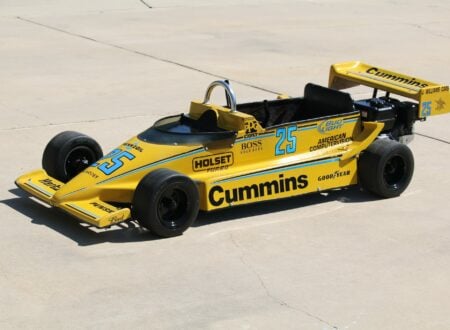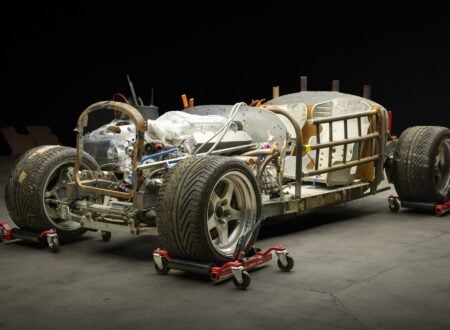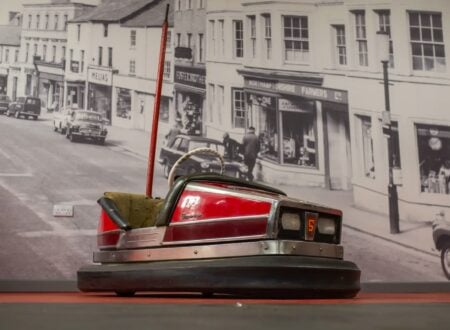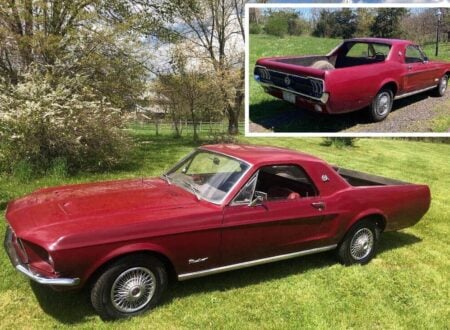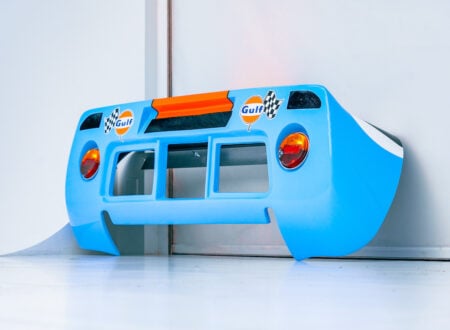This is a 1970 Marcos 3000 GT, it’s a relatively rare British sports car with a 3.0 liter Ford Essex V6, a tubular steel chassis, a lightweight fiberglass body, and performance to rival (and beat) many Lotus cars of the era.
Unlike many vehicles from Lotus, the Marcos GT can accommodate taller drivers including those well over 6′ tall. This is because company co-founder Jem Marsh was 6’4″, and he ensured all cars were ergonomically suitable for tall people like himself.
Fast Facts – The Marcos 3000 GT
- Marcos Engineering was a British sports car manufacturer founded in 1958 by engineer Jem Marsh and aerodynamicist Frank Costin. During WWII Costin had worked on the plywood de Havilland Mosquito fighter-bombers, and he would bring the lessons learned into sports car production years later at Marcos.
- When it was released in 1964, the Marcos 1800 GT caused a sensation. It was a sleek, fast, modern sports car with a chassis made from 386 bonded plywood panels. This chassis was stiff, strong, and lightweight, but time consuming to produce.
- Initially, the Marcos GT had been powered by sub-2.0 liter four-cylinder engines. This all changed in 1968 with the release of the Marcos 3000 GT – a new, more powerful variant powered by the 140 bhp Ford Essex 3.0 liter V6 engine.
- In 1969 the decision would be made to transition Marcos vehicles away from the original plywood chassis and onto a more traditional box section tubular steel chassis. Many collectors prefer these steel chassis cars due to the ease of repair over plywood.
Marcos Engineering And The Great Plywood Debate
There are many materials that have been used to make a car chassis over the years, including steel, aluminum alloy, fiberglass, and carbon fiber. The one material that is rarely discussed is wood, because it seems like a fool’s errand to many, but back in the early 1960s Marcos Engineering developed a highly-successful series of sports cars with lightweight, stiff, and inexpensive bonded plywood chassis – and it worked remarkably well.
Above Video: This episode of Jay Leno’s Garage takes a close look at a 1971 Marcos GT that has a similar specification to the car shown in this article.
The idea for this plywood chassis came from Frank Costin, the co-founder of Marcos, who had worked on the de Havilland Mosquito fighter-bomber during WWII – an aircraft made extensively from bonded plywood.
The Mosquito became one of the most lauded Allied aircraft of the war, and thanks to the fact it required far less steel and aluminum than its contemporaries, it was less constrained by materials rationing.
When he started Marcos Engineering with engineer Jem Marsh in 1959, Costin set to work developing a bonded plywood chassis for a car. By the time it was ready for market in 1964 it was a complex structure made up of 386 parts. It was lightweight, rigid, and inexpensive, but time consuming to build.
The first production car with this chassis was the Marcos 1800 GT, it has a fiberglass body, and it was powered by a 96 bhp 1.8 liter Volvo B18 inline-four. The car weighed just ~1,800 lbs (~816 kgs) and proved more than a match for many sports cars of the time.
The Marcos 3000 GT
The Marcos 3000 GT would debut at the 1968 London Show, it looked much the same as its four-cylinder predecessors however it had a surprise under the hood – a far more powerful 3.0 liter Ford Essex V6.
This engine was capable of 140 bhp and it was mated to the 4-speed manual transmission from the Ford Zodiac with a Laycock-de-Normanville overdrive unit.
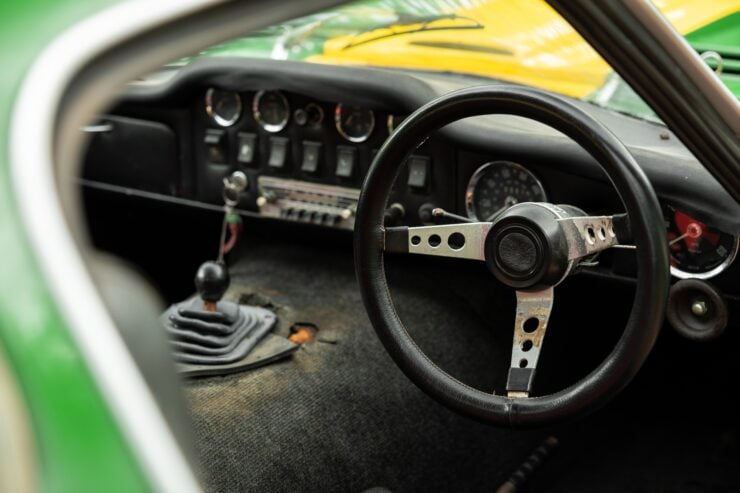

Providing almost 50% more power than the original Volvo engine, this new V6 Marcos was far quicker, and it allowed the model to compete in higher displacement motorsport classes where it enjoyed significant success.
Perhaps the single largest update to the Marcos GT series would take place in 1969 when the original plywood chassis was replaced with a more standard box-section tubular steel chassis.
Though the plywood chassis had been excellent by any measure, many still found it off-putting to have a car with a wooden frame. The switch to steel helped allay these concerns, and it also helped Marcos accelerate production as the steel chassis was far quicker to produce.
The Marcos GT series would remain in production from 1964 until 1972. It would then defy the odds and re-enter production from 1981 to 1990. Today they remain relatively rare, but there is a dedicated community in the UK and the US dedicated to the car, helping owners with tips, advice, and spare parts sourcing.
The 1970 Marcos 3000 GT Shown Here
The car you see here is a Marcos 3000 GT from 1970, as a 1970 model it had the updated steel chassis rather than the earlier plywood frame and it’s powered by the 140 bhp 3.0 liter Essex V6.
This vehicle is being offered for sale as a project car, it will need some work before any significant driving is attempted including a respray, some work on the interior, and some work on the electrical system.
The car is currently sitting on 14 inch Minilite-style alloy wheels finished in gold with polished rims, these are fitted with semi-slick Bridgestone tires. It has a replacement gearbox fitted, though the original overdrive gearbox does come with it as part of the sale.
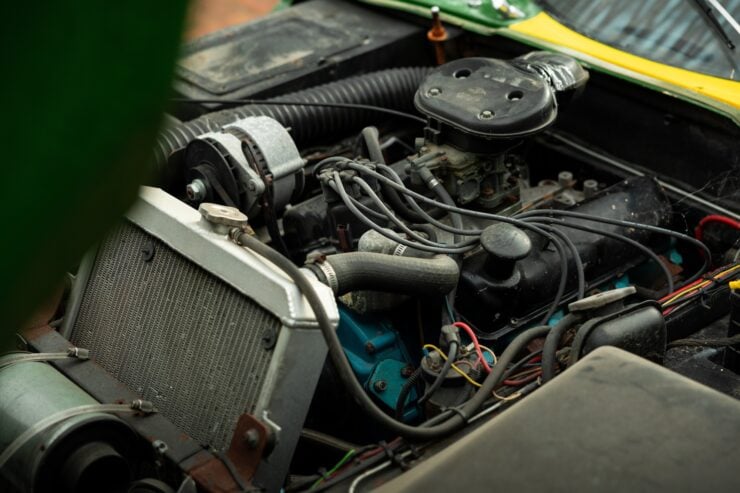

The paintwork consists of a green body with a yellow stripe down the middle. It has a black vinyl-trimmed interior with grey carpets and red racing harnesses on both seats. It has a sunroof, bullet-style rear vision mirrors finished in yellow, and a white roundel on each door carrying the racing number 99.
If you’d like to read more about this car or register to bid you can visit the listing here on Collecting Cars. It’s being offered for sale out of Miranda in NSW, Australia.
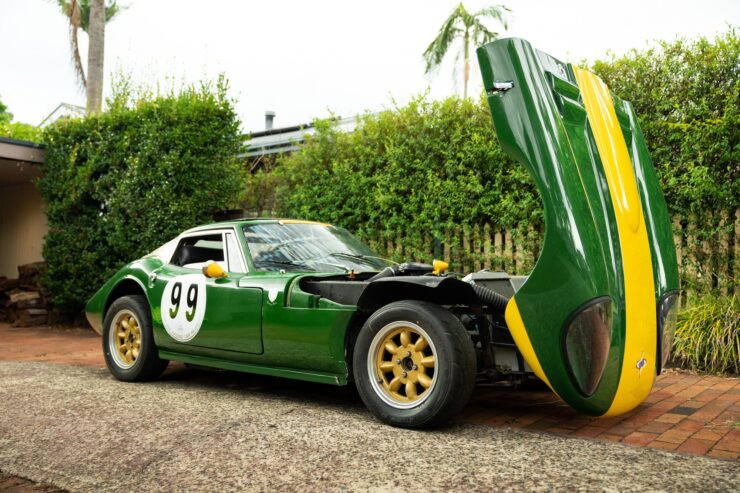
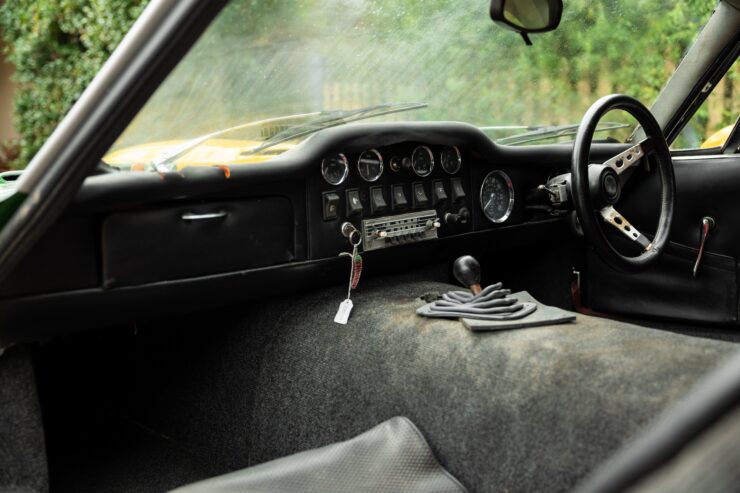
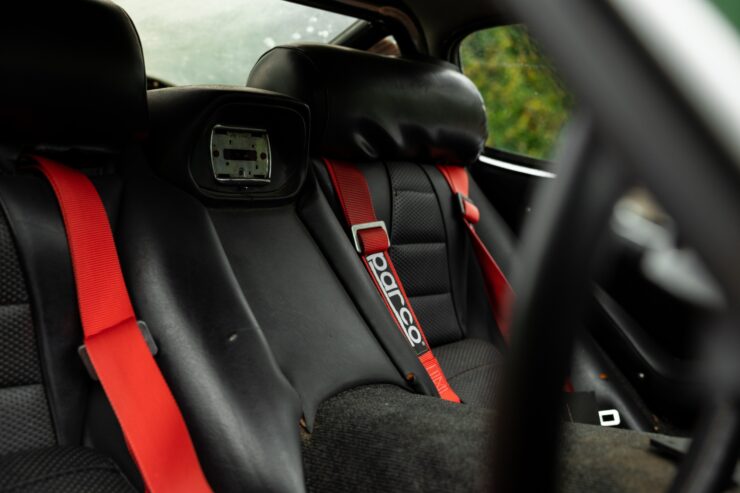
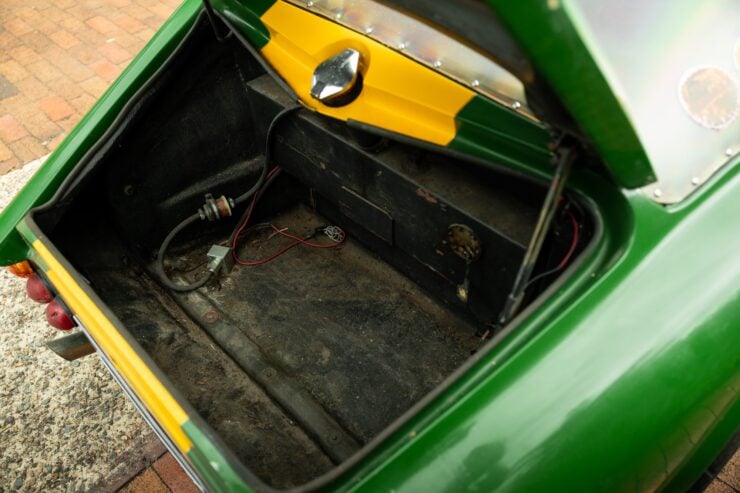
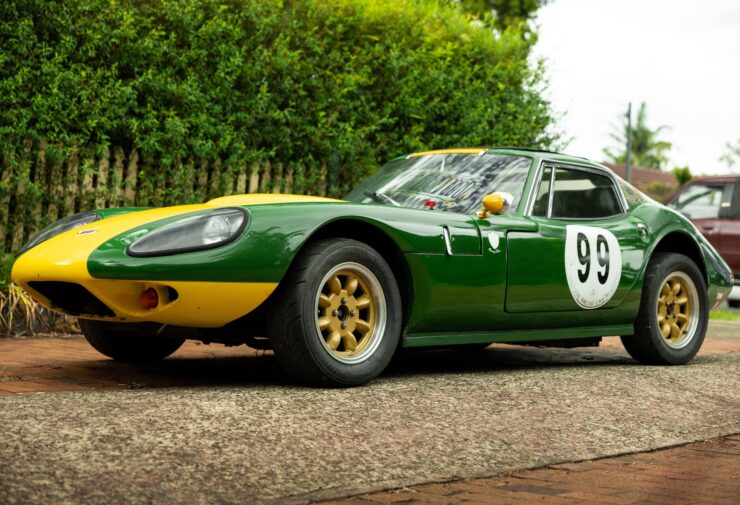
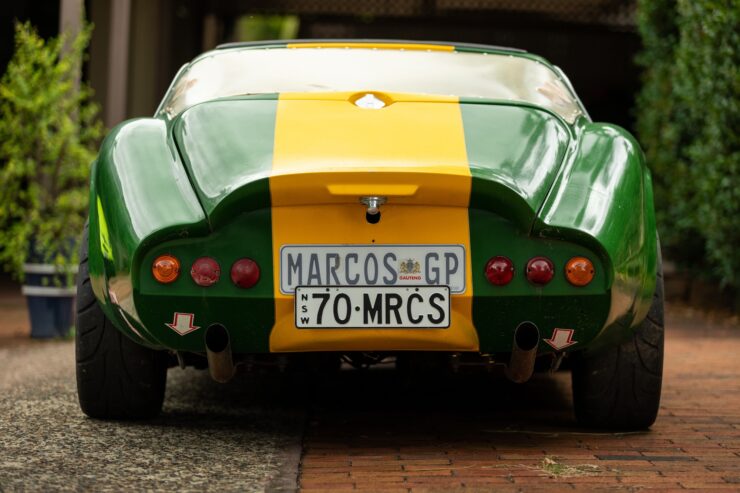
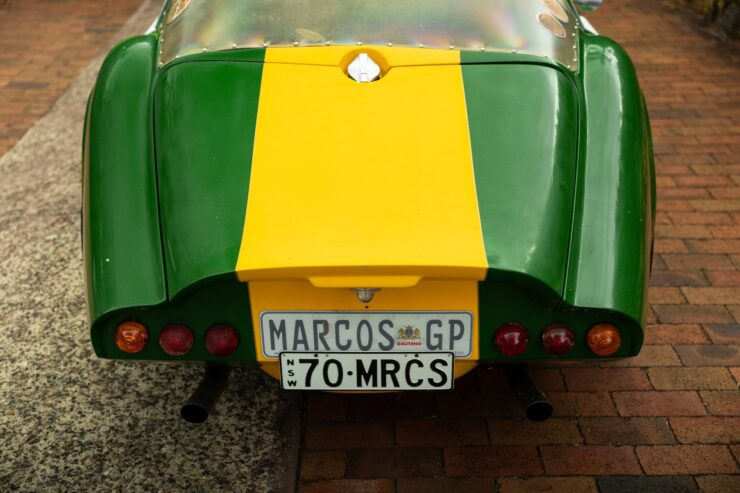
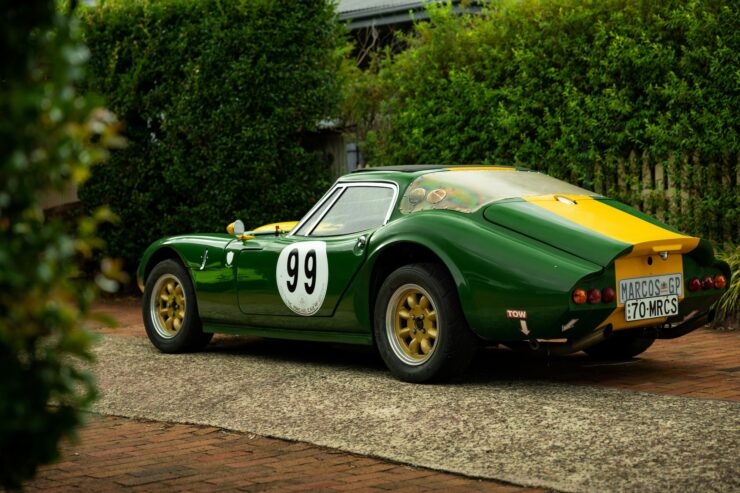
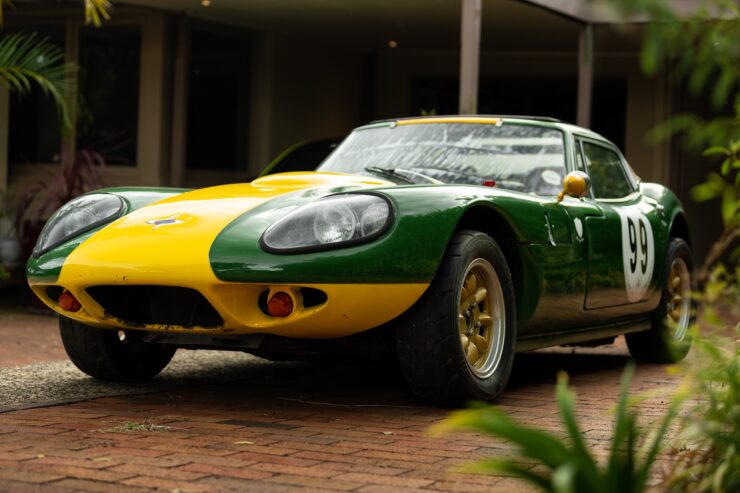
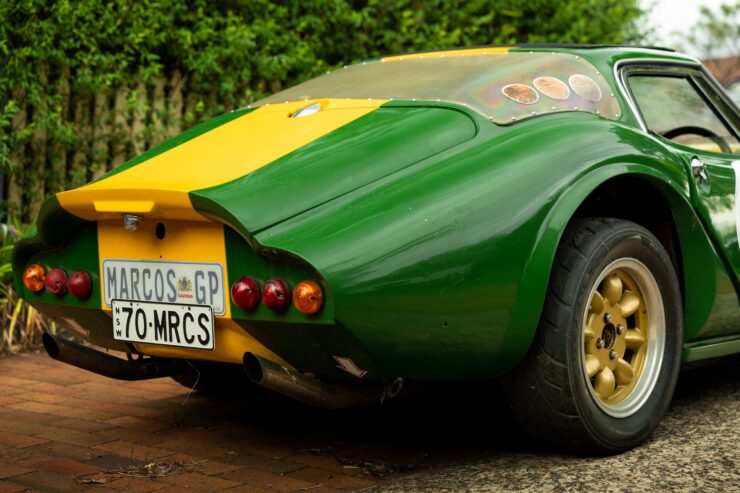
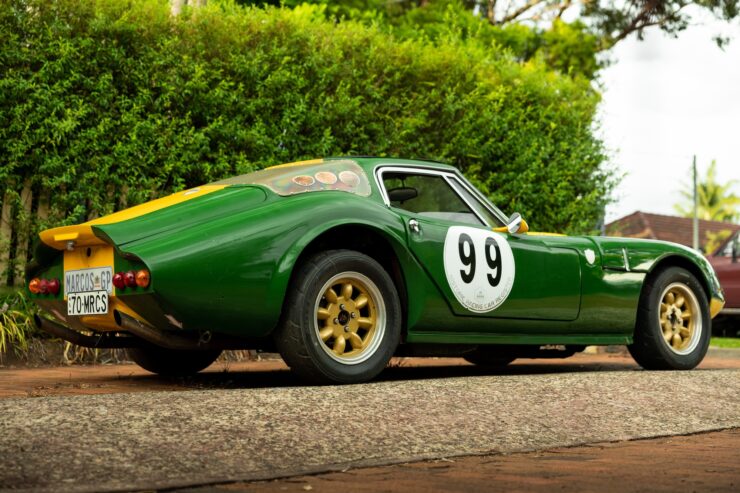
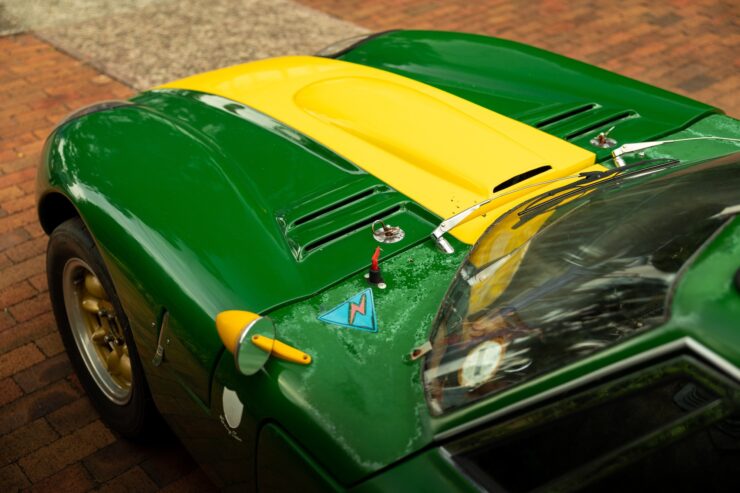
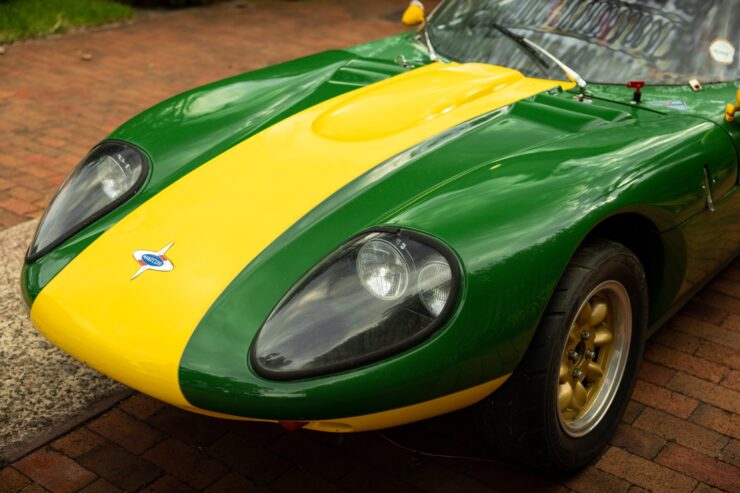
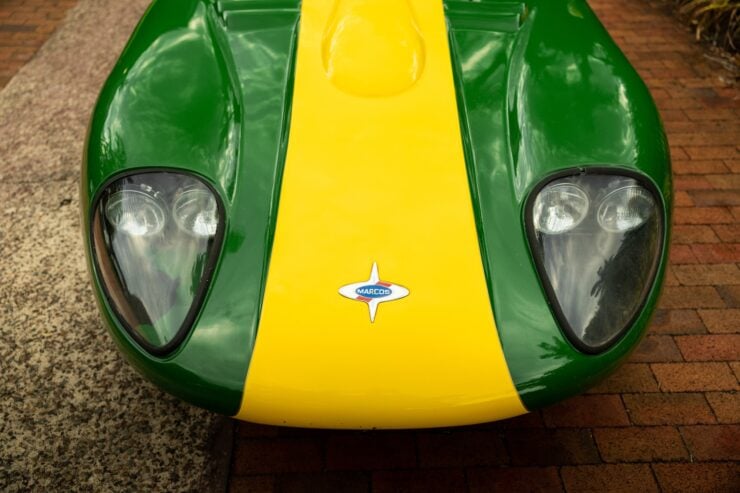
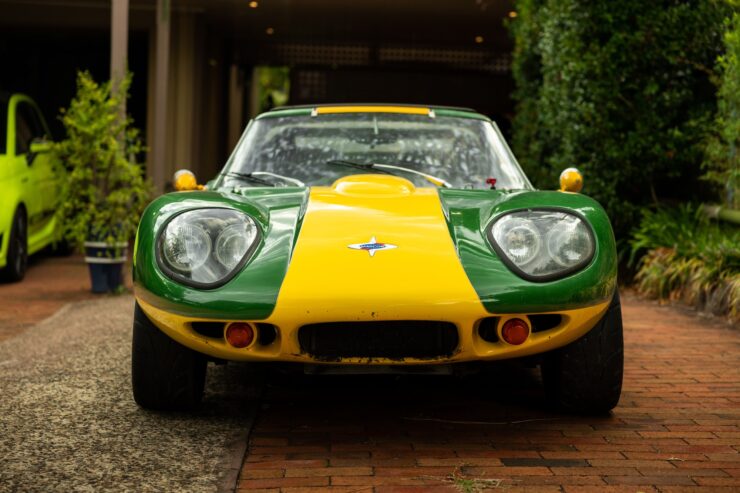
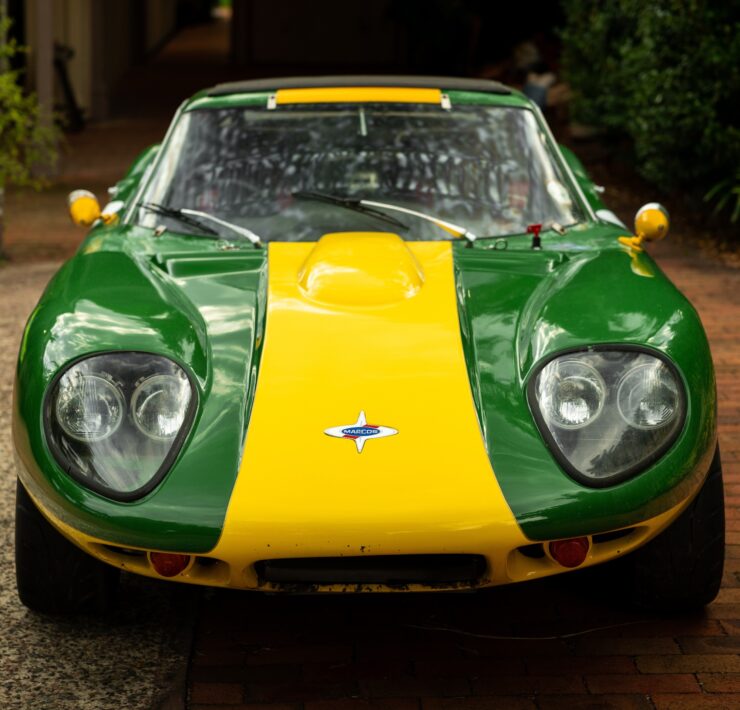
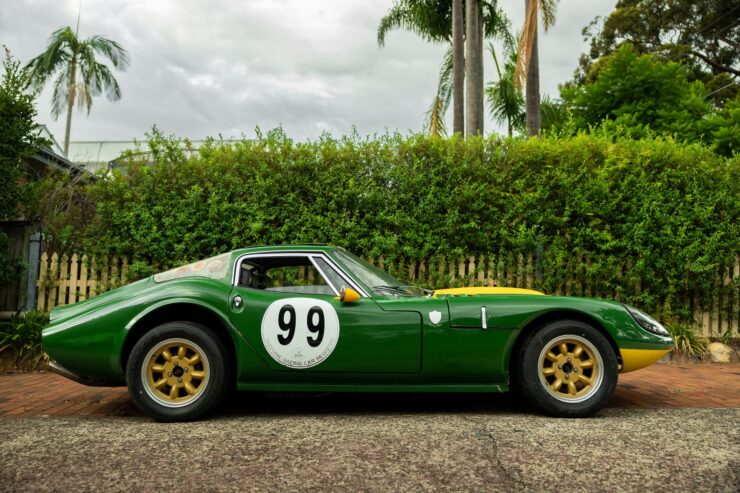
Images courtesy of Collecting Cars

Articles that Ben has written have been covered on CNN, Popular Mechanics, Smithsonian Magazine, Road & Track Magazine, the official Pinterest blog, the official eBay Motors blog, BuzzFeed, Autoweek Magazine, Wired Magazine, Autoblog, Gear Patrol, Jalopnik, The Verge, and many more.
Silodrome was founded by Ben back in 2010, in the years since the site has grown to become a world leader in the alternative and vintage motoring sector, with well over a million monthly readers from around the world and many hundreds of thousands of followers on social media.


